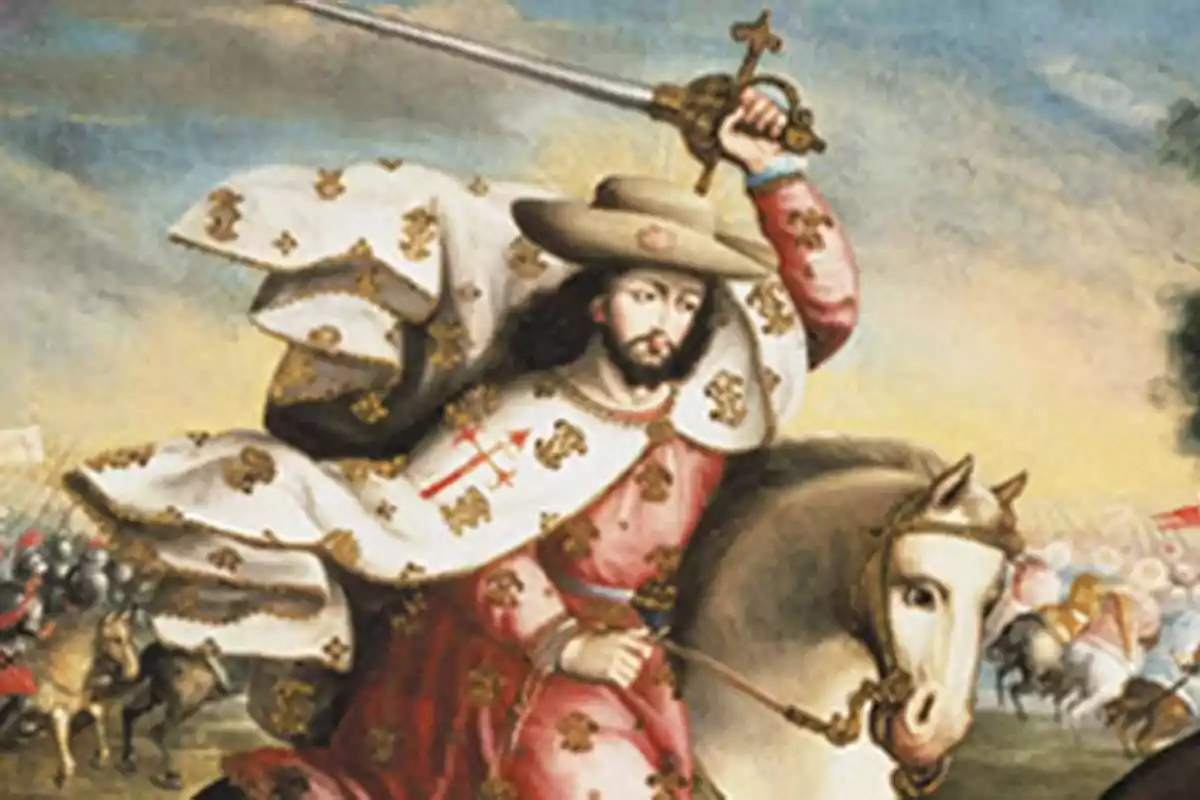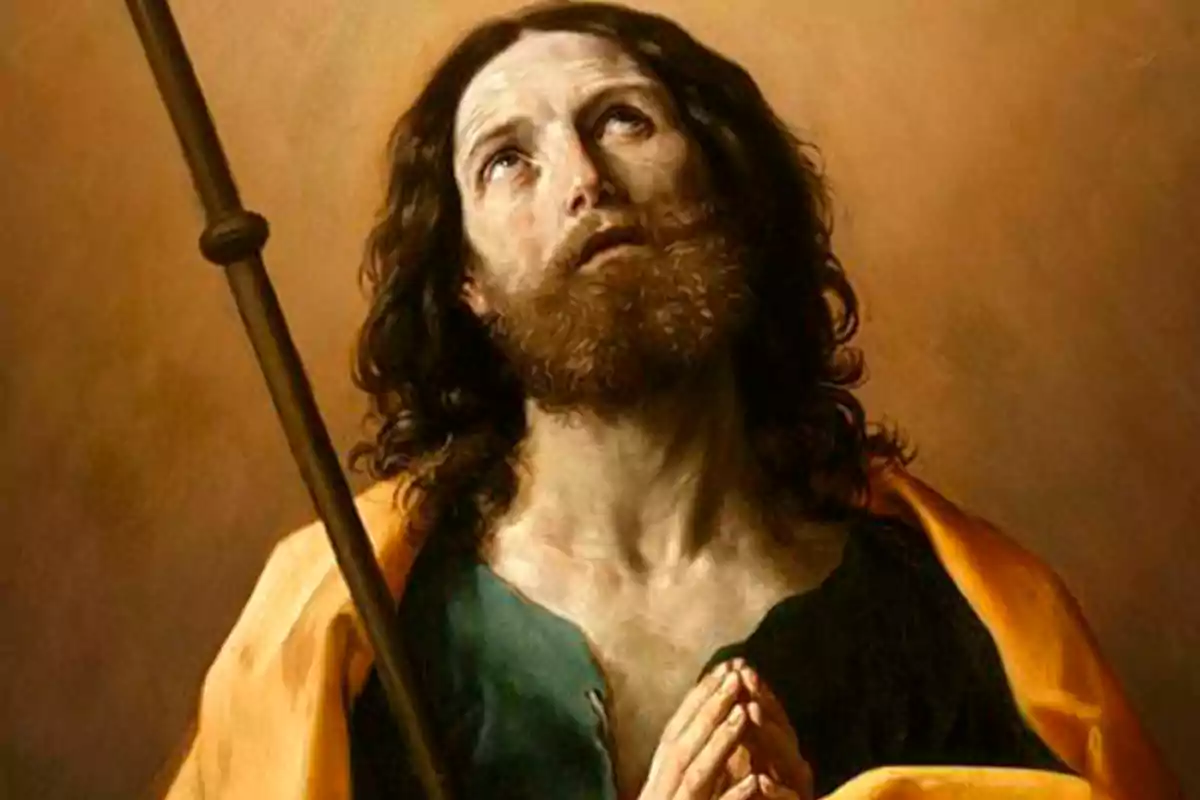
Santiago Matamoros, the warrior apostle who forged Spain's Christian identity
Today is celebrated as the day of Santiago de Compostela, patron saint of the Kingdom of Spain and a symbol of Christian resistance
In an era when Europe seems to have forgotten its roots, today more than ever it is necessary to remember and honor on his day the apostle James, the son of thunder, the Matamoros, the patron saint of Spain. This is not just a religious celebration, but a reaffirmation of identity, history, and civilization. In times of moral relativism, James represents a flame that doesn't go out: that of a faith that transformed the Old Continent.
James, son of Zebedee and brother of the evangelist John, was one of the first disciples called by Jesus Christ. Together with Peter and his brother, he was part of the Redeemer's inner circle. He witnessed the resurrection of Jairus's daughter, the Transfiguration, and the agony in Gethsemane.
Jesus himself nicknamed him “Boanerges,” son of thunder, because of his fiery character, always ready to defend his faith even with fire from heaven if necessary. But it was Christ who taught him the path of mercy, not vengeance.

After the Resurrection and Ascension of Jesus, James departed for Hispania, becoming the first evangelizer of the peninsula. Although academic history strives to relativize his passage through these lands, tradition—that great witness of peoples—holds that he even had an apparition of the Virgin Mary in Zaragoza, giving him hope in the midst of desolation: there the devotion to the Virgin of the Pillar, spiritual mother of Spain, was born.
Some time later, James was martyred in Jerusalem, and according to chronicles, his body was miraculously transported to Galicia. For centuries his tomb remained hidden, until in the ninth century, guided by a star, a humble hermit named Pelayo found his sepulcher. The place was called “Campus Stellae”—field of the star—and there one of the most majestic temples of Christendom was erected: the cathedral of Santiago de Compostela.
That discovery was not only religious, it was political and cultural. In the midst of the Reconquista, when Islam occupied much of Spanish soil, James was adopted as the banner of Christian resistance. Thus was born the figure of “Santiago Matamoros,” a symbol of the struggle to recover the soul of a nation invaded by the crescent moon. The apostle became the heavenly general of the Reconquista, appearing in key battles such as Clavijo, mounted on horseback, sword in hand, encouraging the soldiers of Christ.
Since then, millions of pilgrims from all over Europe have walked to his tomb. They were not only seeking indulgences or favors: they were seeking meaning. Thus was born the Way of Saint James, a network of routes that unites peoples, cultures, and hearts. Long before the European Union existed, the Way was already an invisible thread that stitched together Christian Europe with the needle of sacrifice and faith.

In our times, there are still those who find in that path the spark that ignites the soul. Actor Martin Sheen, during the filming of The Way, experienced his own spiritual transformation. Although he had no plans to do the Way, he walked several sections during the production directed by his son, Emilio Estévez.
The story tells the journey of a father who, after the death of his son, decides to complete the pilgrimage. “The Way transforms you. People do not arrive in Santiago the same as when they left their homes,” Sheen declared, who later became one of its cultural ambassadors in the United States.
Today, when soulless globalization seeks to homogenize human beings, and when political leadership—both in Spain and America—erodes democracy with cynicism and bureaucracy, James calls us again. Not with shouts of hatred, but with the firmness of one who knows who he is, where he comes from, and where he is going.
The Way remains alive because it embodies a deep truth: there is no progress without transcendence, no civilization without faith, no freedom without roots. Meanwhile, Spain, that Spain that still beats beneath layers of ideology and uprootedness, has in James its spiritual father.
It is no coincidence that in the twenty-first century, while some kneel before political correctness, thousands of pilgrims still kneel before the apostle's tomb. Because where James is, there is also the memory of a strong, brave, and Christian Europe.
As Jesus said: “I am the way, the truth, and the life.” Ultimately, that is the Way of Saint James: a return to the essential, an act of faith, an affirmation that there is still hope. Saint James Matamoros, pray for us!
More posts: